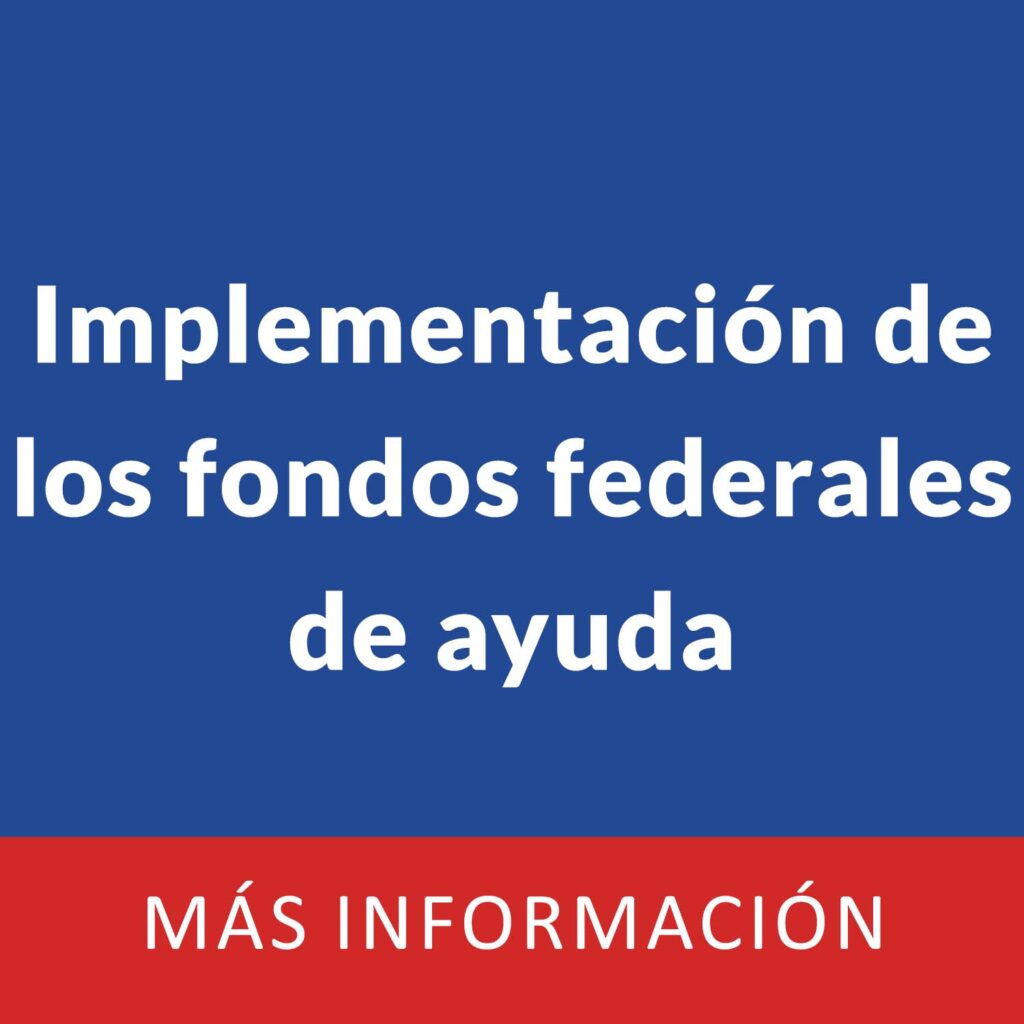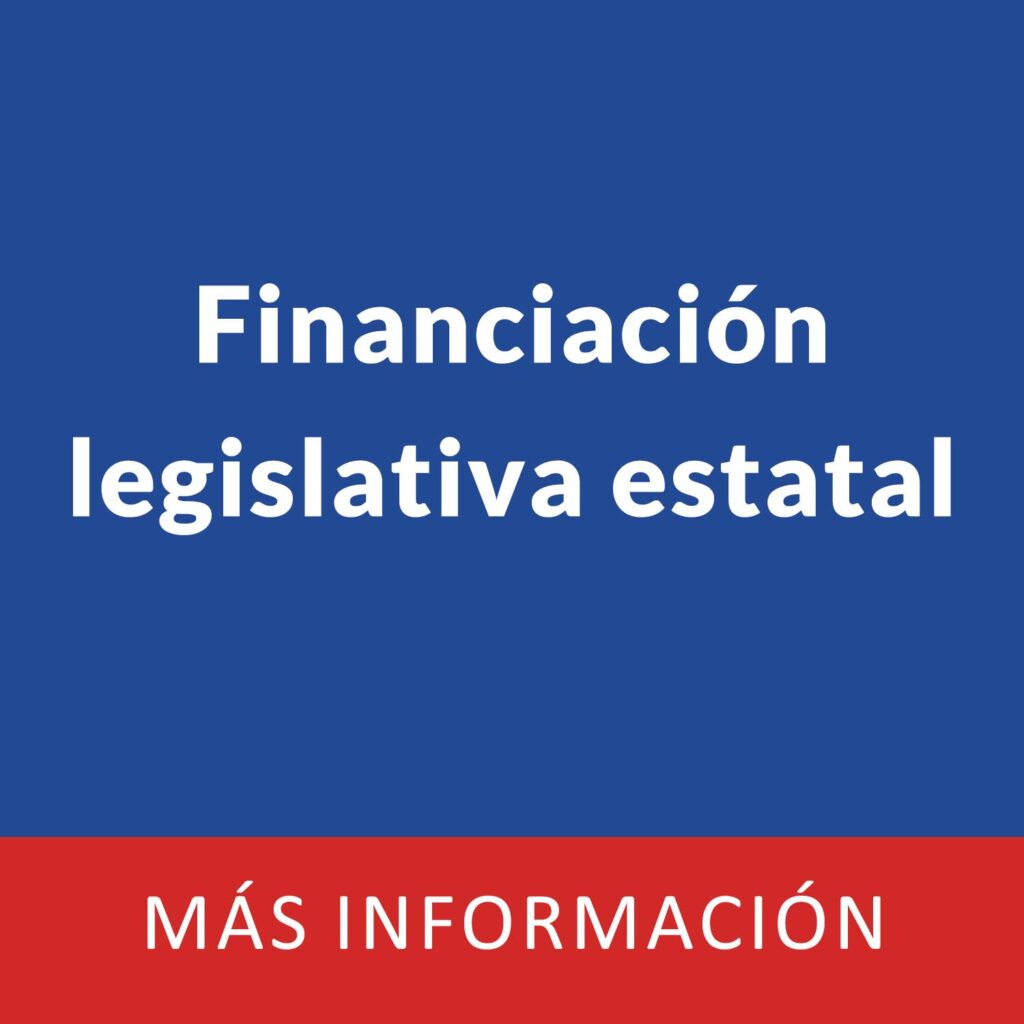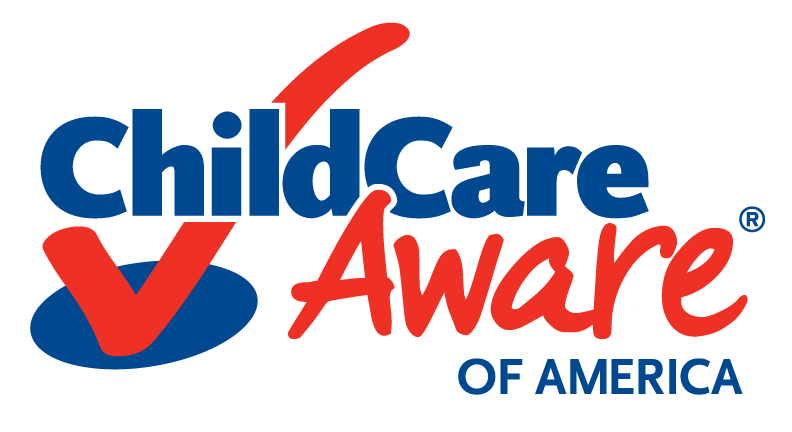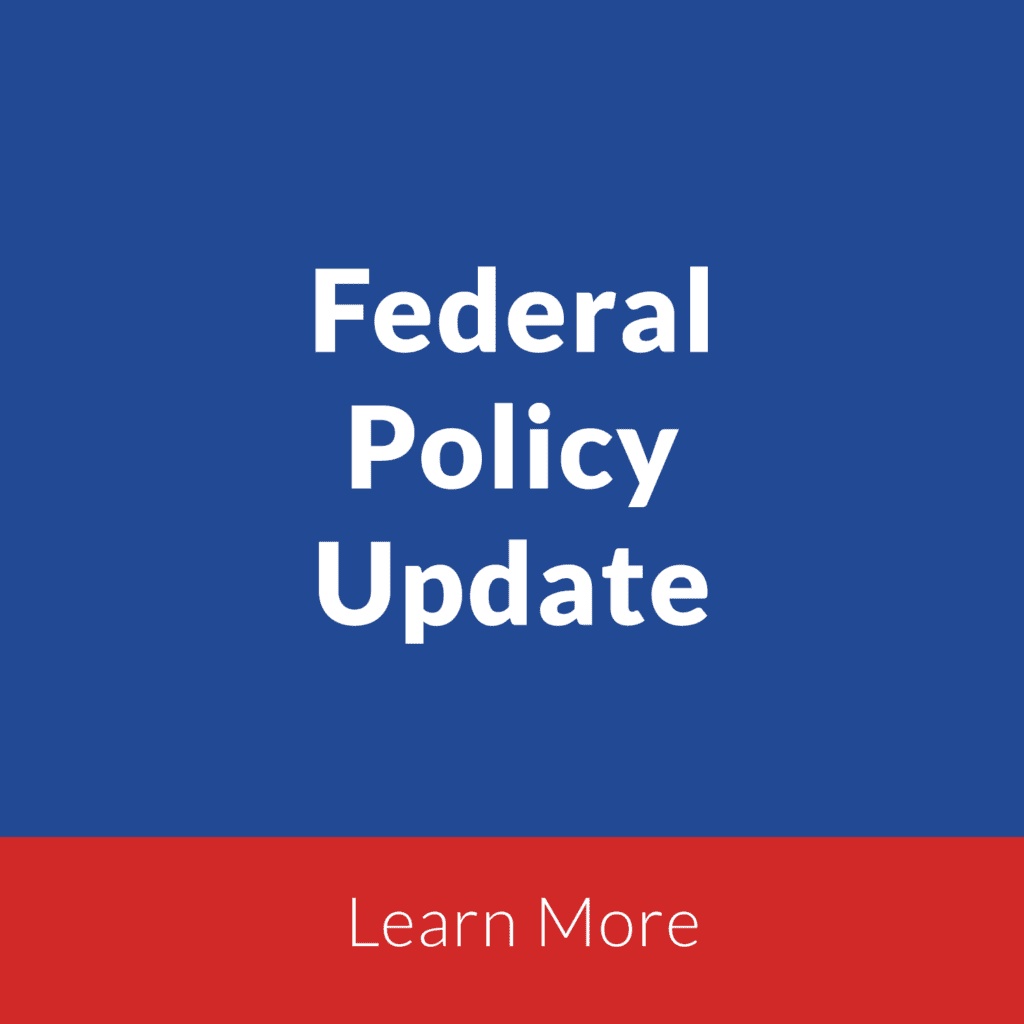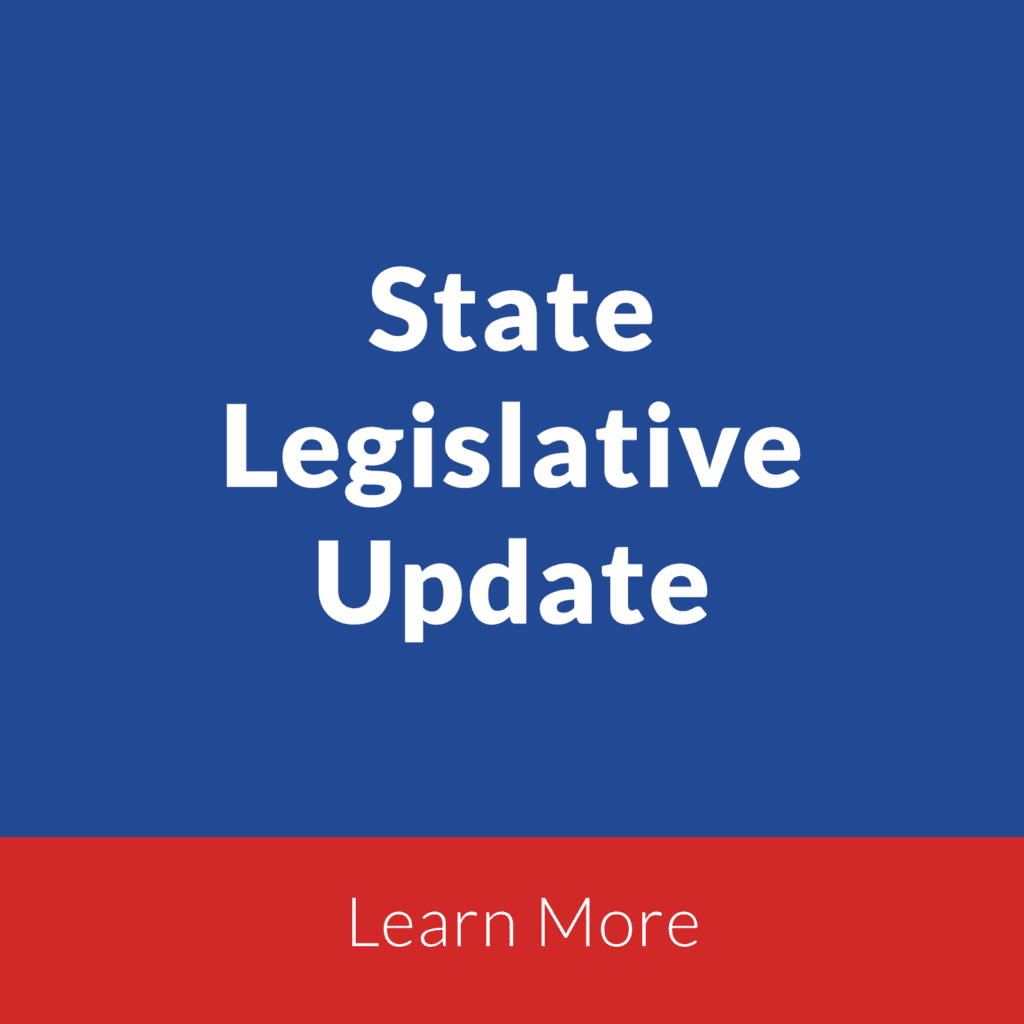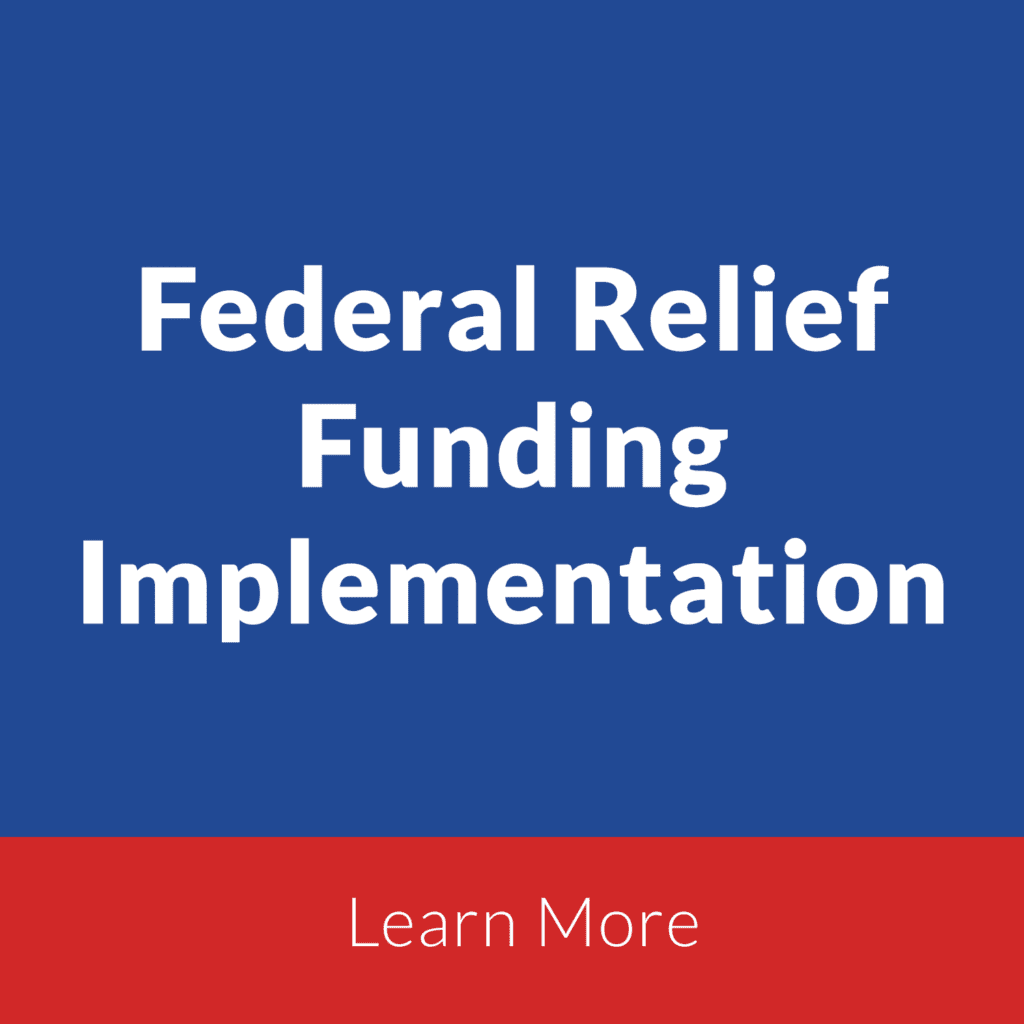Catalyzing Growth: Using Data to Change Child Care
Our childcare system is in crisis. The covid-19 pandemic made a weak, disjointed system crumble even further. Parents struggle to find accessible, affordable, quality child care while the child care workforce is shrinking due to decades of low pay and a lack of respect regarding the critical nature of its work.
How can we catalyze or accelerate the changes that our child care system needs to overcome these challenges? One important factor is data. In this series of reports, Child Care Aware® of America will use data from various sources to answer this question. In our first report, Annual Child Care Landscape Analysis: 2021 Supply and Quality Trends, data from our most recent survey of Child Care Resource and Referral (CCR&R) agencies is used to explore how the supply of child care has changed since 2019. In our second report, Price of Care: 2021 Child Care Affordability, we update our child care affordability data and national price averages. Our third report, Perspectives from the Field: The Voices of Child Care Providers, CCR&Rs and Families, analyzes data from families with young children and child care providers to understand how these groups are coping with the challenges brought on by the ongoing COVID-19 pandemic and economic stresses. This report also highlights how CCR&Rs are helping connect families to child care and strengthen the child care workforce. Our final report, The Year in Child Care: 2021 Data, Analysis and Recommendations, summarizes all of the research work that CCAoA has done over the past year, while highlighting key child care data findings from studies conducted outside of CCAoA. With the right data, we can catalyze the growth that our child care system needs in order to work for all families and providers.
- Annual Child Care Landscape Analysis: 2021 Supply and Quality Trends
- Price of Care: 2021 Child Care Affordability
- Coming Soon:
- The Year in Child Care: 2021 Data, Analysis and Recommendations
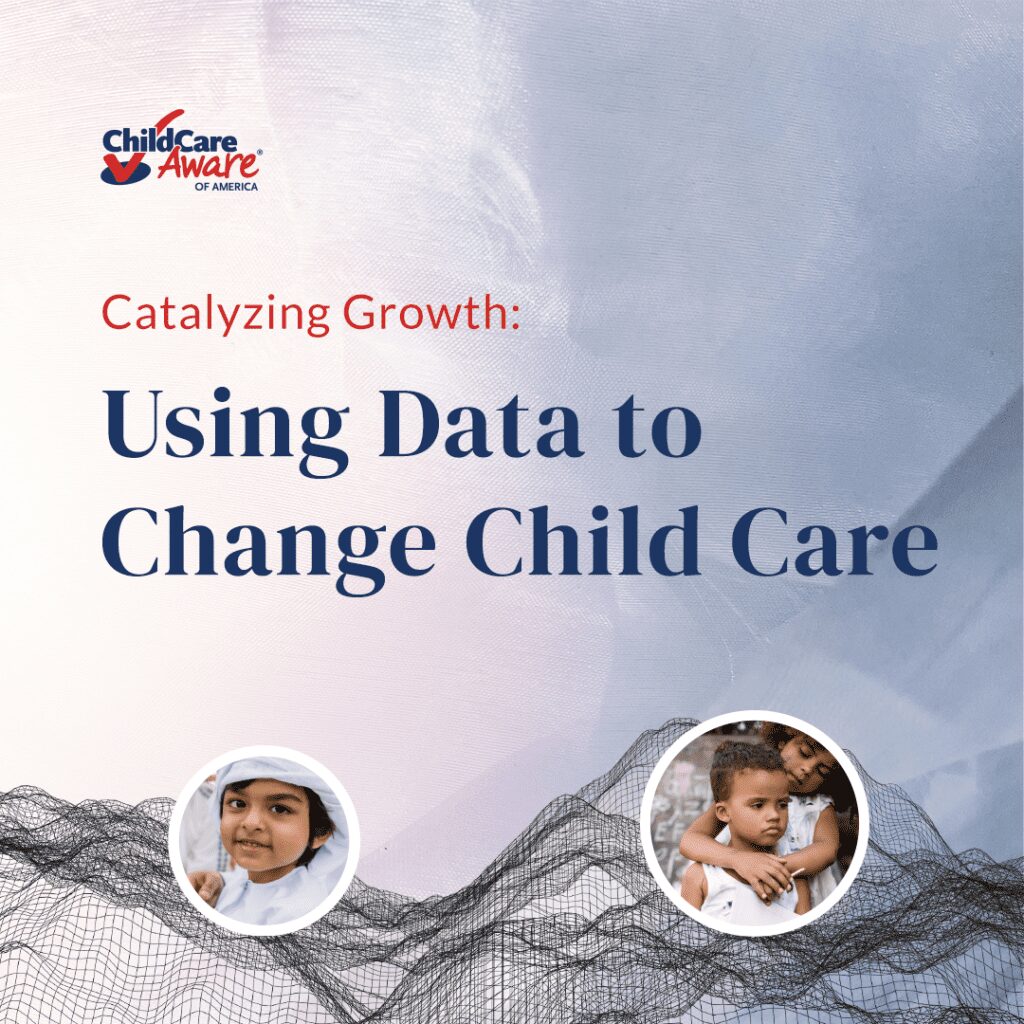
Click here to hear about upcoming releases.
Annual Child Care Landscape Analysis:
2021 Supply and Quality Trends
Our child care system continues to experience multiple crises, with families finding it difficult to locate reliable child care that they can afford. Between 2020 and 2021, the overall supply of child care programs continued to decrease, leaving families with even fewer options than before the pandemic. This was driven primarily by a continuing (or long term trend) decline in Family Child Care Homes over the period. While stabilization funds may have helped limit the decrease in programs, without significant new, permanent investments in early care and education in this country, the challenges associated with the child care system will continue. Understanding this landscape is a crucial first step towards advocating for an equitable, accessible and affordable child care system.
Tracking child care supply is critical to understanding how our child care system is functioning. In order to provide this critical data, Child Care Aware® of America releases its Annual Child Care Landscape Analysis. The goal of the Annual Child Care Landscape Analysis is to help child care advocates and policymakers easily understand the child care supply in their states. This year, the Landscape Analysis includes the following information, by state:
- Number of licensed child care centers and family child care (FCC) homes open at the end of 2019, 2020 and 2021;
- Number of licensed school-age child care programs open at the end of 2021;
- Total licensed capacity for centers, FCCs, and school-age child care programs at the end of 2021;
- Number of programs participating in quality rating and improvement systems (QRIS), along with the total capacity of these programs;
- Total number and licensed capacity of programs rated at the highest level of the state’s QRIS;
- Total number of child care referrals provided to families by child care resource and referral (CCR&R) agencies.
This year, CCAoA is featuring longitudinal supply data to increase user understanding regarding how the supply of child care has changed since 2019, prior to the start of the COVID-19 pandemic. Nationally, we found that while there was an increase in the number of child care centers from 2020 to 2021, the total number of centers remains slightly lower than the number open in 2019.
There continues to be a downward trend in the supply of licensed FCC homes. Among the 40 states for which we have complete data, we found a decrease from 107,783 in 2019 to 97,393 in 2021. Even before the COVID-19 pandemic, the supply of FCC homes was decreasing. This is an alarming trend because FCC homes are an affordable option for many families. FCC homes are often the only choice for families, especially in rural communities.
Methodology
The information found in the state fact sheets comes from a variety of sources. In January 2022, CCAoA surveyed state Child Care Resource and Referral (CCR&R) agencies or other key child care stakeholders in each state (for example, state agencies responsible for administering the federally-funded Child Care and Development Block Grant). The survey covered the following topics: child care supply and capacity, quality rating and improvement systems (QRIS), CCR&R services and annual child care prices. Respondents were asked to complete the survey based on data as of December 2021. Data from the survey not included here, such as those on price, will be presented in upcoming CCAoA reports.
Some states have more data points present in their Child Care Landscape Analysis than others. Some states are unable to answer some survey questions because of differing definitions or not collecting certain data points. Child care supply and QRIS data were gathered from public databases for the following states: Alabama, California, District of Columbia, Mississippi, New Jersey, New Mexico, Texas and Wyoming.
If you need more information about the Child Care Landscape Analysis methodology, please contact us at research@usa.childcareaware.org.
Price of Care:
2021 Child Care Affordability
Child care prices remain high. At a time when prices for a number of goods have increased, child care prices continued to outpace inflation in 2021, according to CCAoA’s Child Care Affordability Analysis.
This is bad news for families, who struggle to afford child care. This is also bad news for employers and communities, who benefit from widespread access to affordable, high-quality child care. Unfortunately, past public investments have not been enough to fully support the system and have created a precarious situation for child care, one that relies heavily on families to foot the bill. While recent investments in response to the COVID-19 pandemic may have helped to stabilize some of the supply of child care, the system and the families it serves are still fighting toward thriving.
Women have been particularly hard hit by the lack of affordable child care. Recent findings from the RAPID-EC survey indicate that 40% of female respondents had left their jobs or cut back on their work schedules – most of them due to child care constraints. When families don’t have access to affordable, high-quality child care, children miss out on important child development opportunities, employers face losses as they struggle to find workers, and our economy sees overall challenges.
CCAoA’s Child Care Affordability Analysis found that in 2021:
- The national average price of child care was around $10,600 annually. This would comprise 10% of a married-couple family’s average annual income and 35% of a single parent’s income.
- The increase in child care prices slightly outpaced inflation, which was much higher than the inflation rate in prior years.
- In most states, the price of child care for two children exceeded annual housing payments by 28% to over 100%.
- Similarly, the price of child care for an infant in a center exceeded annual in-state tuition at a public university in 34 states.
- Child care for two children in a center would cost a child care workforce professional anywhere from 56% to over 100% of annual income.
- Child care was more expensive than most other household expenses such as housing and health care in all U.S. regions.
Tracking the Annual Price of Care
CCAoA updates estimates of the price of child care for different child age groups and provider types annually. Data in this analysis comes from a survey of Child Care Resource and Referral agencies (CCR&Rs) in all 50 states and the District of Columbia that CCAoA sent out in February 2022. This survey contained a series of questions asking agencies to report the annual price of child care in 2021 for infants, toddlers and 4-year-olds in regulated center-based and family child care homes. There were also questions about the price of care for school-age children before and after school and during the summer for regulated, private centers and family child care homes. For states that did not respond to the survey, CCAoA used data from the state’s most recent market rate survey, adjusted for 2021 inflation. For state-by-state affordability tables, please see the Child Care Affordability Analysis.
Child Care Prices Continue To Outpace Inflation
CCAoA’s analysis found that increases in the price of child care have exceeded the average annual rate of inflation for the past three years. The table below shows that in 2019 and 2020, child care prices exceeded the inflation rate by less than 1 percentage point and nearly 4 percentage points, respectively. In 2021, the average annual inflation rate was higher than usual at 4.7%. Child care prices rose by an average of 5% when compared to 2020 prices. This means that child care prices exceeded historically high inflation by 0.3 percentage points and, thus, families with children are more likely to struggle to afford child care on top of essentials such as food, housing and transportation.
Child Care Continues to Top the Charts of Common Household Expenses
As part of this analysis, CCAoA compared the annual price of child care to average housing payments. In all states plus the District of Columbia, child care prices for two children exceeded annual rental payments by 28% to over 100%. Meanwhile, the price of child care for two children in a center exceeded annual mortgage payments in 44 states plus the District of Columbia.
In 34 states plus the District of Columbia, the annual price of child care for an infant in a center exceeded annual in-state tuition at a public university.
Child care is particularly unaffordable for those in the child care workforce. As in prior years, CCAoA found that child care for two children in a center exceeds the average annual income for child care professionals. The price of care for two children in a center exceeded annual income for this sector of the workforce from 56% to over 100%.
Figure 1 provides a comparison of child care prices to other common household expenses by region. In three out of four regions, the annual price of center-based child care for an infant exceeds the cost of housing. In all four regions, the annual price of child care exceeds the annual cost of in-state tuition at a public four-year university.
Figure 1. Average Annual Household Expenses by Region**.
National Child Care Price Estimates are above the Recommended 7% of Household Income
The average of each methodology described below (both provider types and age groups), produces a national annual average price of child care of approximately $10,400 to $10,800. While readers should take caution when interpreting these numbers because the nation’s child care landscape varies dramatically from state to state, comparing these figures to the national median income for married couples with children under 18 highlights that it would take more than 10% of household income to cover the child care prices for one child. This is more than the U.S. Department of Health and Human Services recommendation that child care should cost no more than 7% of a household’s income. The situation is more dire for single parents, as the average national price of child care comprises 35% of the median household income for single-parent families.
Click on your state to see the full price of child care breakdown:
Each year, CCAoA generates state-based rankings by affordability — the percent of median household income needed to cover the average price of child care in that state – and CCAoA began estimating a national price of child care in 2018. To increase accuracy and interpretation, CCAoA conducts and reports three approaches for calculating the average child care prices for infants and 4-year-olds in center-based care as well as for family child care homes. See each methodology below for more details. School-age prices were not included at this time because of the variability in data on these prices across the country.
It is important to understand the following considerations when interpreting a national average price for child care. Each year, extraordinary efforts are involved in making sure that each state is represented accurately; CCAoA’s research team works very closely with CCR&R staff to ensure that data is collected as uniformly as possible. However, each state’s child care landscape is nuanced and unique, and differences may be hidden when attempting to calculate a national average. CCAoA generally does not recommend using a national average of child care prices, and particularly not as a standard of comparison with any state’s average prices of child care.
Within this context, CCAoA is reporting national average price estimates. CCAoA developed three methodologies that take into account such factors as number of slots by age group and number of programs, which could affect the price of child care in states. Explanations of each methodology, along with calculations, are below. None of these methods is ideal for determining one number that accurately describes child care affordability across the country. Though these three methods produce similar numbers, none of methodologies unpacks the complexities of child care affordability. Prices of a service like child care are better understood in the context of household income, by state and by regions within states.
The Year in Child Care:
2021 Data, Analysis and Recommendations
Coming Soon
Dig Deeper
Use our Child Care Data Center to explore state- and county-level data about child care affordability, accessibility, health and the impact of COVID-19 on child care supply from six pilot states (Illinois, Minnesota, Missouri, Oregon, Washington and Wisconsin).
Want to Do More?
Get involved in the effort to ensure that every family in the U.S. has access to a high-quality, affordable child care system. You can help make that vision a reality by sharing this critical information with your policymakers and encouraging them to invest in child care and early learning. You can also share this information with your network by utilizing our social media toolkit. For more information on what is happening at the federal, state, and local levels around child care policies, view our additional resources.
Additional Resources!
